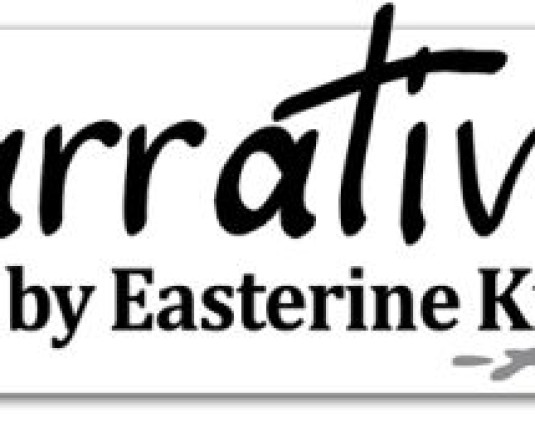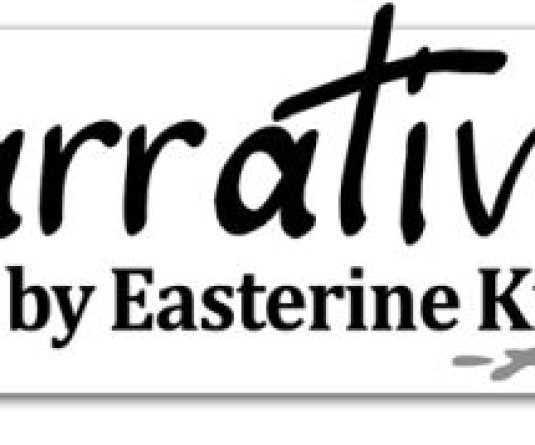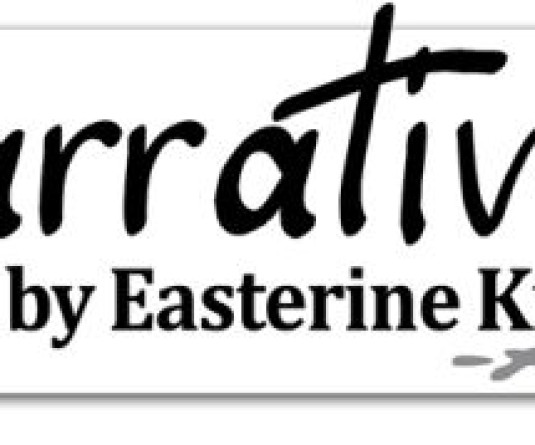
Nehemiah Rong
Taking a rickety ride from NH-39 (Tadubi Town) to Phaibung Khullen, one comes across the vast natural vegetation, sees blue hills, the serpentine like streams, and the view of bordering Poumai Naga Villages located in the present Nagaland State. Journeying through the shaky road one sees, ‘the border that divides the brothers’ for instance the Zhaimai(Liyai) in Senapati District Manipur and Zhavamai Village in Phek District Nagaland State. These two villages belong to Poumai Naga Tribe as of now they are living in a divided world in terms of physical boundaries but they are very attached in tradition and cultural heritage sharing sense of common history.
Also one gets a body shaky type of experience when the vehicle do a peacock dancing in the rain due to the slippery mud on the road that leads from Tadubi to Phaibung Khullen Village. One comes across the green cabbage farms of Tungjoy and Liyai people. The tall stone monoliths on the roadsides are amusing to watch while one is on the ride.
Zhifiimai (Phaibung Khullen) Village is one of the biggest villages in Poumai Naga tribe. It is surrounded by the Blue Mountains, cool streams with an open view of Mt.Saramati in the clear sky. Standing village stone elevated place, one sees the Naga Tangkhul villages and other Poumai Naga Villages. It falls under Chilivai Poumai Area. It is blessed with rich natural vegetation and the Iril River passing through the valley provides a source of livelihood to cultivate paddy. Like other Naga villages, Zhifiimai is an agrarian type of economy with popular profession of making rain shield (Heih) with Palm Leaves and making of Salt from the brine (popularly known as Pou Taei) during the olden days when the modern rain coats, umbrella were unknown and the common salt was not yet heard of.
Apart from terrace cultivation, the villagers, pursued making rain shield (Heih) weaved out of palm leaves. In their leisure time people would go out and collect the leaves and dried in the sun and would weave them in to rain shield of various shapes and sizes. Telling folk tales, singing folk songs, celebrating customary festivals, observing gennas, performing various feasts etc. traveling for trade and commerce were part of the old Nagas way of life. Heih was used as spreadsheet to let newborn babies lie down in olden days. It was also used as rain and sun shield. Before the modern dresses were introduced, people used heih as clothing to protect themselves from the bites and stings of various insects and flies. Zhifiimai used Heih (Palm leaves) for stone erection during the feast of Merit, without it, the rites and rituals of the feast cannot be completed. In drought period, Heih was mainly used to perform rituals to invoke the spirit to send rain. Heih(Palm leaves) was also used for healing disease more particularly to the disease, which the villagers believed to be caused by the smell of common salt, locally known as salt’s disease. However with the dawn of modernity, the usage of Heih is lessening.
The morung system is being practicing in this village where the senior female group come and sleep in their common dormitory. The folk songs and dances are still alive, both young and old are keen in preserving them. The traditional Naga houses with thatch roofing are still found giving a real taste the past life. If one wants to be home with the past to feel like one, Phaibung Khullen village is the one among others where one can visit. The erected stones in the entrance way welcome the traveler.
Phaibung Khullen village is a zero-point-base of the around 90 Kms long Senapati-Phaibung road which is being under construction and the work taken up by the BRTF. The road once constructed, can give a lifeline to many of the remote rural tribal people living in present Senapati District.
The rich cultural heritage of Phabung Khullen Village needs to preserve and promote well amidst the threats by the rapid modernization in every front be it in socio-economic and cultural ways. The old trade of making the rain shield (Heih) can be revived not only for the sake of preservation of the old but also to add boon for the family small scale business in modern ways following the modern means by seeking the experts knowledge and ideas.
Each place has its own beauty and Phaibung Khullen has it too. Folks if sitting in crowded city/town becomes lifeless why don’t you just take a thrilling ride through the country roads and be there in the country side and enjoy the nature and listening to folks songs and dancing to the tune of the birds chirping in the moonlit night. At the end of the day you will just forget the bones breaking, breath taking rides on the muddy-slippery-shaky country road that takes you home by the warmness, hospitality and generosity the country folks offer to you. Or you will rue over the dilapidated states of country road. I also bet that you will have ‘one wish’ to come back again and visit the place after seeing the humble folks dropping you and waving their hands and wishing you ‘Bond Voyage’ with a request ‘Do Come to our Land again.’






